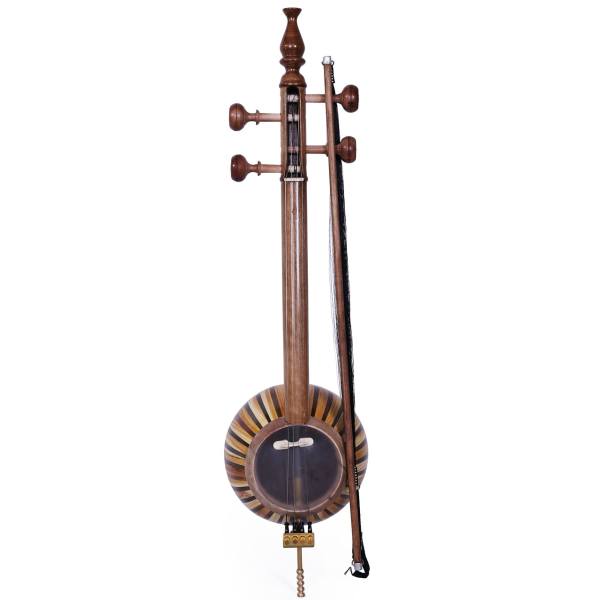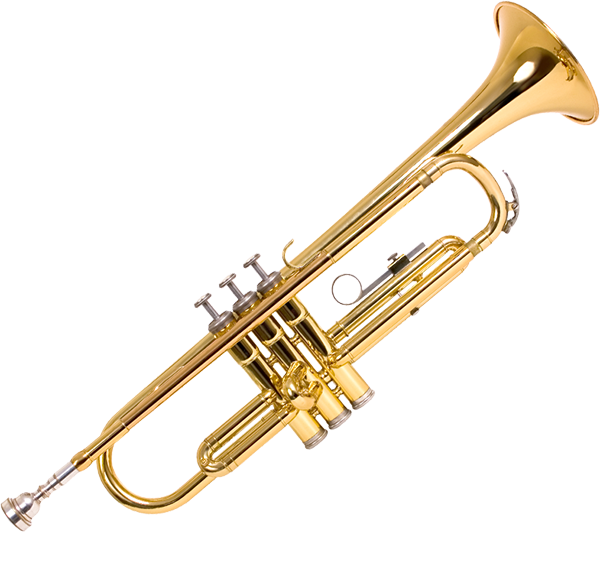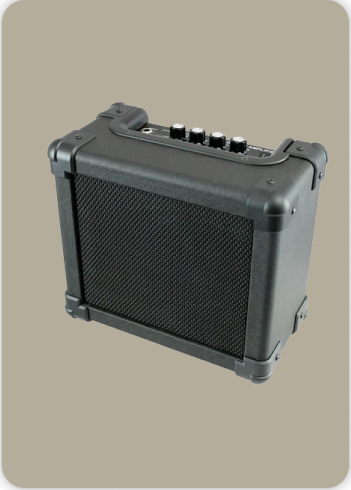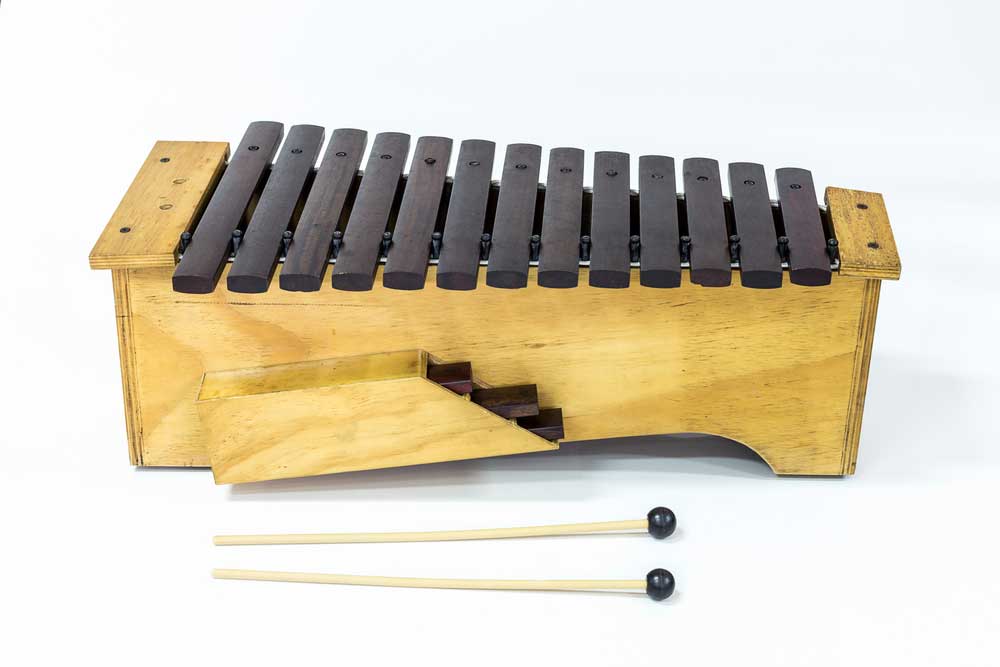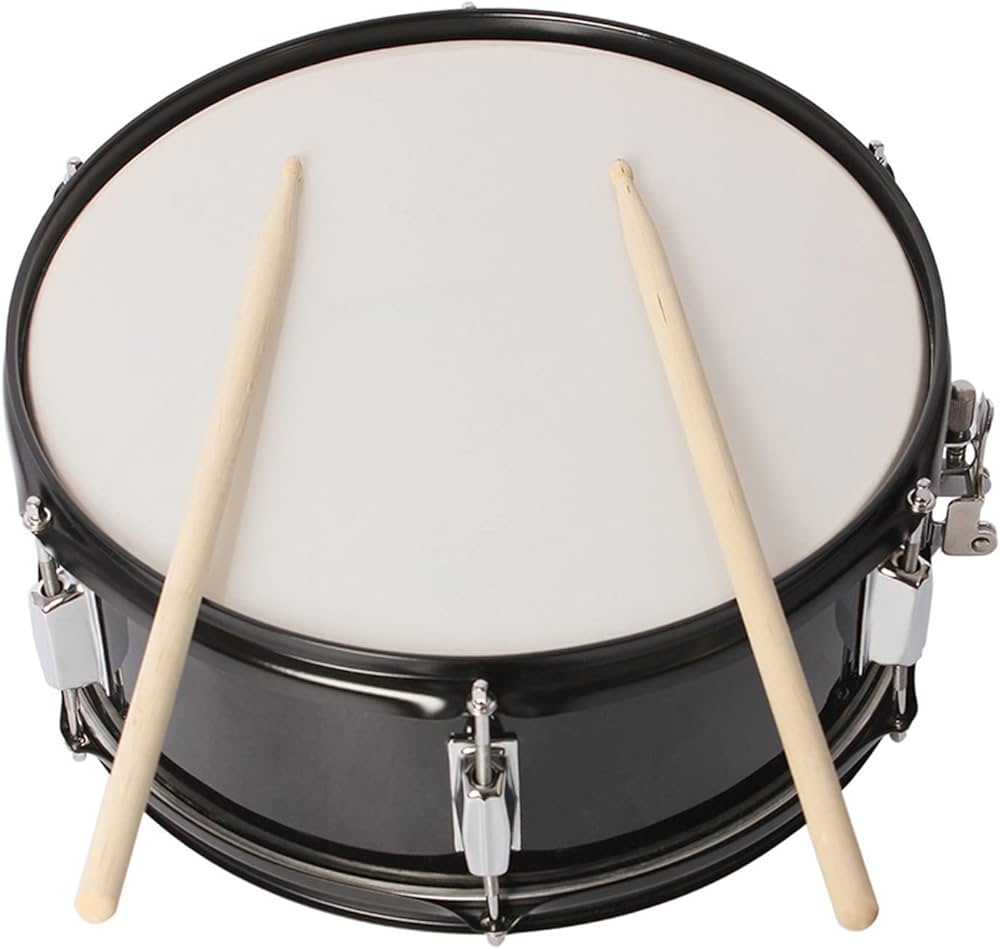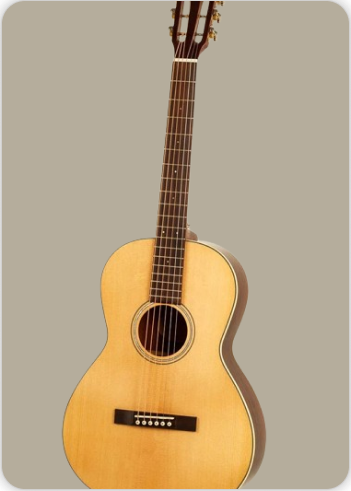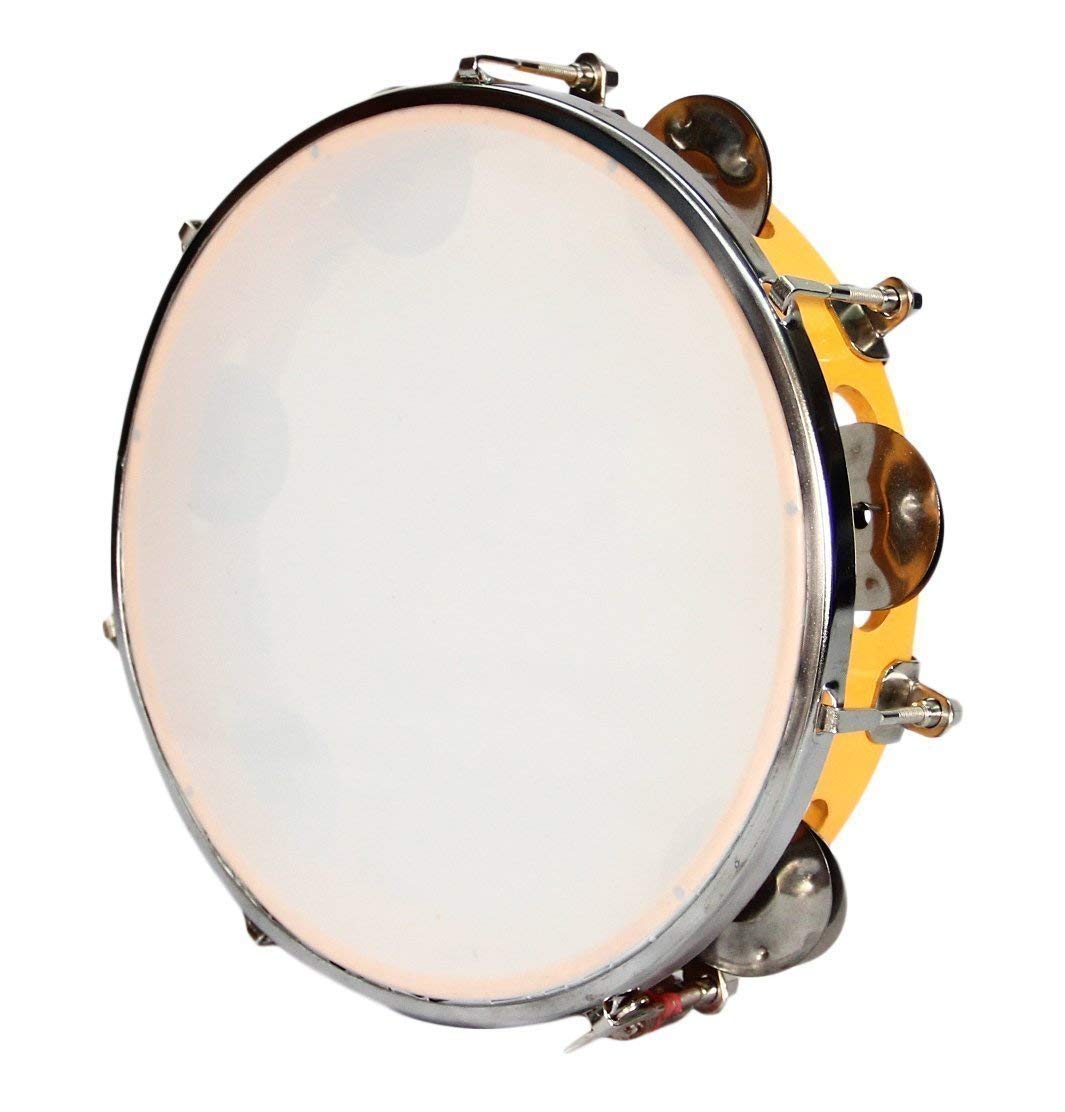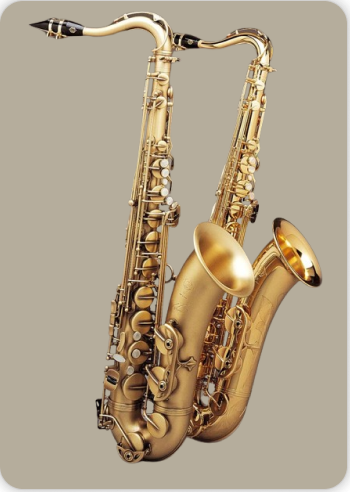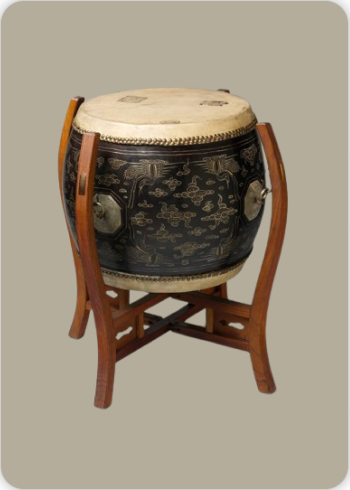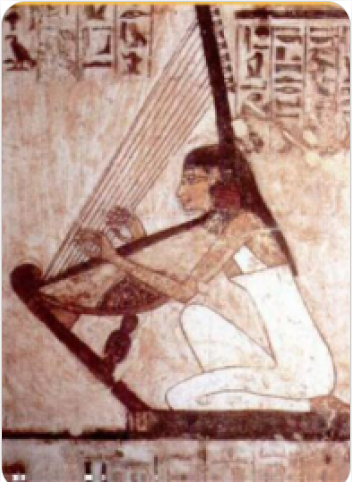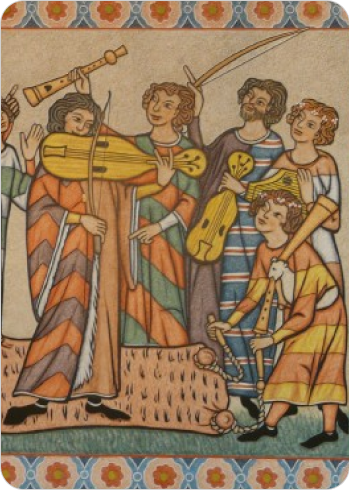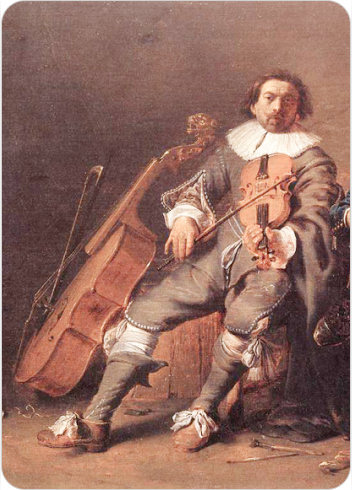Khanjari
Percussions
Asia
Between 0 and 1000 AD
Video
The khanjari is a traditional hand-held percussion instrument that is popular in folk and devotional music across India and South Asia. Resembling a small tambourine, it is characterized by its circular wooden frame, single drumhead, and small metal jingles or zils attached around the frame.
This instrument produces both rhythmic beats and jingling sounds, making it versatile and lively in musical performances. Its compact and lightweight design makes it easy to carry and play in various settings. The khanjari is a membranophone in the percussion family, meaning it produces sound through the vibration of a stretched membrane. Additionally, the jingles attached to the frame classify it as an idiophone, as they generate sound through the vibration of the metal disks when struck or shaken.
History
The khanjari originated in the Indian subcontinent and has deep roots in South Asian culture. It is particularly associated with regions like Rajasthan, Gujarat, and South India, where it plays a prominent role in folk music traditions. Over time, the instrument spread to other parts of the world through cultural exchanges and performances. The exact origin of the khanjari is uncertain, but it is believed to have been in use since ancient times, possibly as far back as the 6th century CE. Its design and usage have evolved over centuries, and it remains a vital part of traditional and contemporary music.
Construction
The khanjari consists of a circular wooden or metal frame, typically made from materials like jackfruit or teak wood. The drumhead is made of stretched animal skin or synthetic material, secured to one side of the frame. Around the frame, small metal jingles or zils are attached at regular intervals. These jingles add a bright, metallic sound when the instrument is shaken or struck.
Some modern versions of the khanjari include adjustable tuning systems, allowing players to modify the tension of the drumhead for varied tonal quality. The simplicity of its construction does not detract from its ability to produce dynamic and intricate rhythms.
Types of Khanjari
Traditional Khanjari: Features natural materials like wood and animal skin and is used in folk and devotional music.
Modern Khanjari: Incorporates synthetic materials and tuning mechanisms for enhanced durability and versatility.
Decorative Khanjari: Embellished with intricate designs and vibrant colors, often used in ceremonial contexts.
Features
Circular Frame: Provides a compact and ergonomic design for ease of play.
Jingles: Adds a bright, metallic tone to the rhythm.
Portable: Lightweight and easy to carry.
Versatile Use: Suitable for various musical genres, including folk, devotional, and fusion.
Adjustable Tuning: Found in modern versions for greater tonal flexibility.
Sound Production
The khanjari produces sound primarily through the vibration of its drumhead, which is struck with the player’s fingers or palm. The jingles vibrate when the instrument is struck or shaken, creating a shimmering sound that complements the rhythmic beats. The combination of percussive and metallic sounds makes the khanjari a dynamic instrument capable of enhancing both rhythm and melody in musical compositions.
Playing Methods
The khanjari is typically played while held in one hand, with the other hand striking the drumhead to create rhythms. Players use techniques such as open strokes, slaps, and rolls to produce varied sounds. The jingles are activated either by striking or shaking the instrument, adding a layer of complexity to the performance. Skilled players can synchronize the percussive beats with the jingling sounds, creating intricate patterns that enrich the overall musical experience.
Cultural Significance
The khanjari holds immense cultural significance in South Asia, where it is a vital part of folk traditions and devotional practices. In rural communities, it accompanies traditional dances and songs, serving as both a rhythmic and melodic instrument. Its vibrant sound is central to devotional gatherings, such as bhajans and kirtans, where it creates a spiritual and uplifting ambiance. The khanjari is also emblematic of cultural identity, often used in performances that celebrate regional heritage and festivals. Its enduring presence in both traditional and modern musical contexts underscores its role as a bridge between the past and present, preserving the cultural essence of South Asian music while adapting to contemporary styles.
FAQ
What is the significance of the Khanjari in Indian music?
The Khanjari holds cultural significance as it is widely used in folk music and devotional songs across Rajasthan and Gujarat. Its rhythmic patterns enhance traditional performances during festivals, rituals, and community gatherings.
What are the origins of the Khanjari?
The Khanjari originated in India, with historical references dating back to the 18th century. It emerged as an essential instrument in folk traditions, particularly within Rajasthan and Gujarat.
How is the Khanjari constructed?
The Khanjari consists of a circular wooden frame covered on one side with animal skin or synthetic material. Its construction involves local materials, contributing to its unique sound quality and cultural identity.
 Links
Links
References
Other Instrument
Categories
